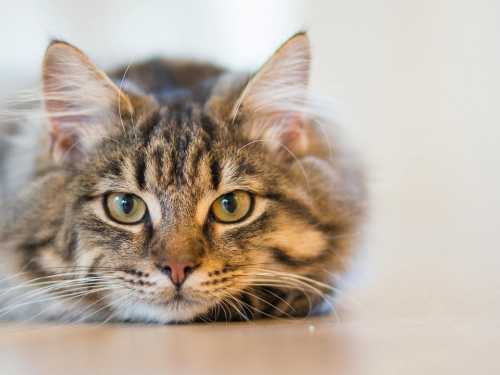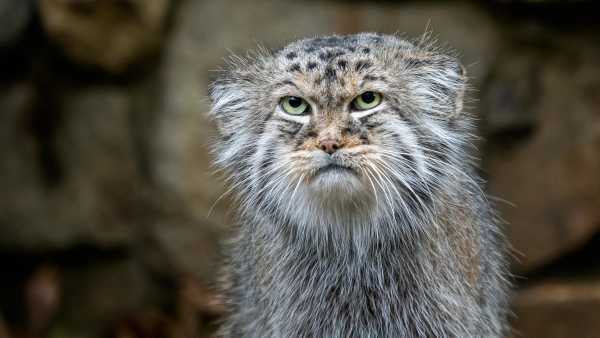
Pallas' cats have the stern expression of a wild cat. (Image credit: xtrekx/Getty Images) KEY FACTS
Name: Pallas's cat (Otocolobus manul).
Habitat: Central Asian steppes and mountain meadows, mainly Mongolia and China.
Diet: small rodents (gerbils, hamsters, pikas), as well as small lizards and birds.
The Pallas's cat, or manul, is a Central Asian predator of the cat family that makes sounds reminiscent of a dog's bark and has such short legs that chasing prey sometimes causes difficulties. Scientists classify it as one of the most ancient modern representatives of the feline family, having evolved from their leopard ancestors about 5.2 million years ago.
Despite its massive appearance, the body length of this animal is comparable to the size of domestic cats. Thick fur serves as protection from the harsh conditions of the Central Asian highlands and steppes. The species is rarely encountered due to its secretive solitary lifestyle – during the day, the animal hides in rocky crevices and abandoned burrows.
They are active at dusk and at night. They hunt primarily by ambush, waiting for rodents at the entrances to burrows, although some individuals can obtain food by penetrating underground passages with their paws, as indicated by studies by the Smithsonian Institution and the Institute of Conservation Biology.
YOU MAY BE INTERESTED IN
-
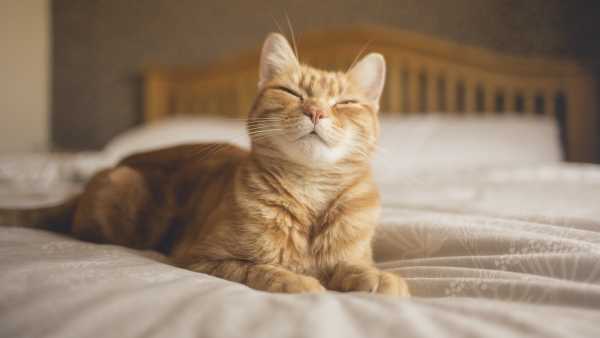
The evolution of domestication of domestic cats
-
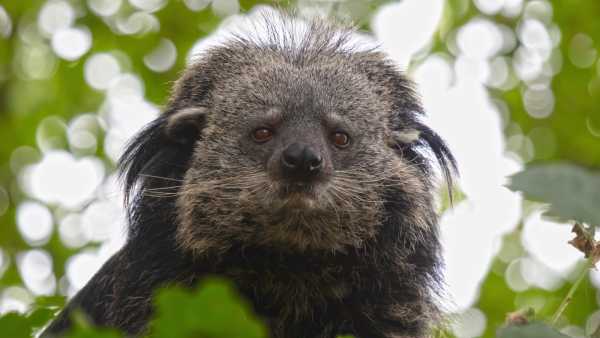
Binturong: Mystical Predator with Popcorn Scent
-

What is the difference between a jaguar and a leopard?
Even during daytime activity, it is extremely difficult to spot a Pallas's cat. The greyish or golden colour of the fur changes seasonally for optimal camouflage in the environment. The light tips of the hairs create a powdery effect, making the animal virtually invisible among rocks and bushes.
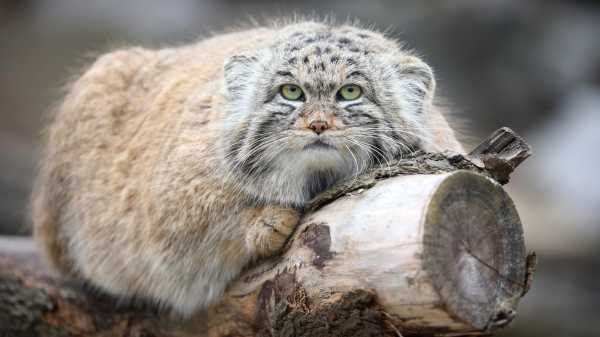
The perfection of the Pallas's cat's camouflage in natural conditions.
Low-set rounded ears provide additional camouflage, allowing them to observe their surroundings without revealing their position. Only the fluffy tail, which makes up about a third of the total body length, can reveal the presence of a predator.
RELATED MATERIALS
— New data: the process of domestication of cats could have begun much later than expected — ancient cats were used for food and for making clothes.
— The ability of cats to identify familiar scents and recognize strangers by scent marks.
— Research shows alarming rates of hybridization among rare wild cat species.
A distinctive anatomical feature is the round pupils (instead of vertical ones in most small cats), which improve the assessment of distances when hunting. The characteristic sound repertoire includes shrill sounds when excited, which bring the Pallas's cat closer to canines, but traditional purring and growling are also present.
The average lifespan in the wild is 8-9 years. Unusually large individual territories (9-18 km²) are regularly marked with odorous secretions.
According to Edinburgh Zoo, Pallas' cats use their tails as pads for their paws, but the link between cold climates and their characteristic sullen expression remains unproven.
RUBRIC wild nature

Sasha PareSocial NetworksStaff Correspondent
A regular contributor to Live Science based in the UK. She holds a BA in Biology from the University of Southampton and an MA in Science Communication from Imperial College London. Her work has appeared in The Guardian and the health website Zoe. Her hobbies include tennis, cooking and collecting vintage items.
Commenting is available after authorization via social networks.
Please log in again to post your comment.
Exit Further reading
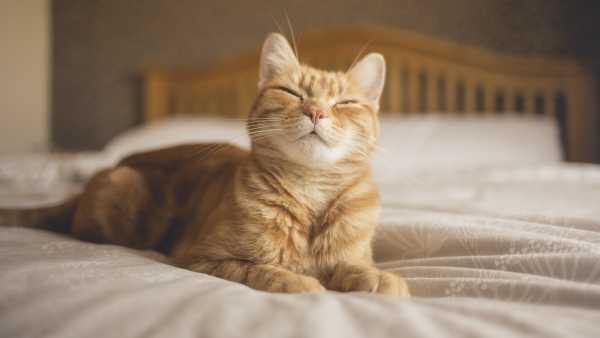
The evolution of domestication of domestic cats
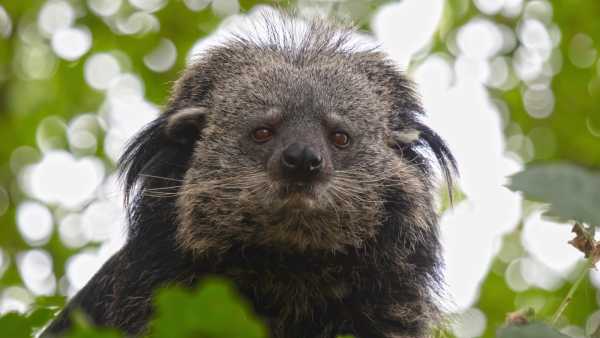
Binturong: Mystical Predator with Popcorn Scent
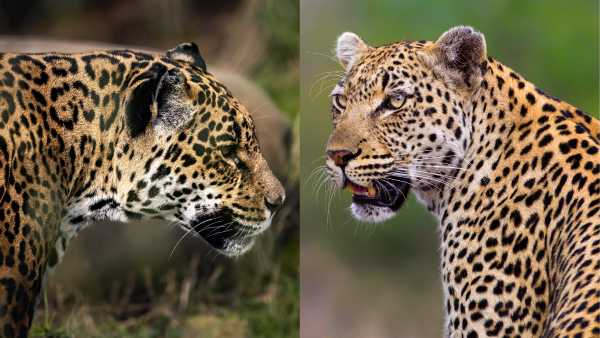
What is the difference between a jaguar and a leopard?
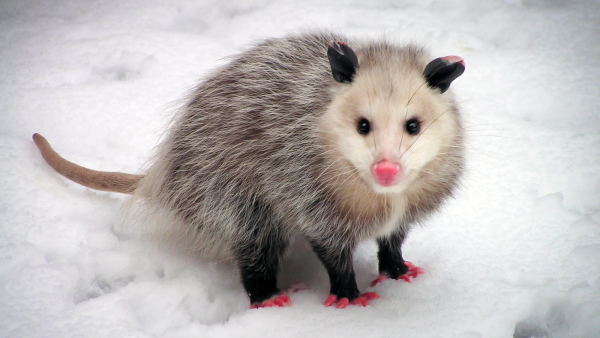
Virginia opossums: America's oldest marsupials
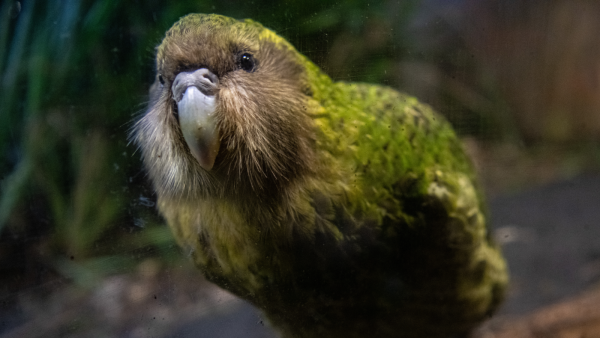
Kakapo: The Century-Long-Lived Parrot
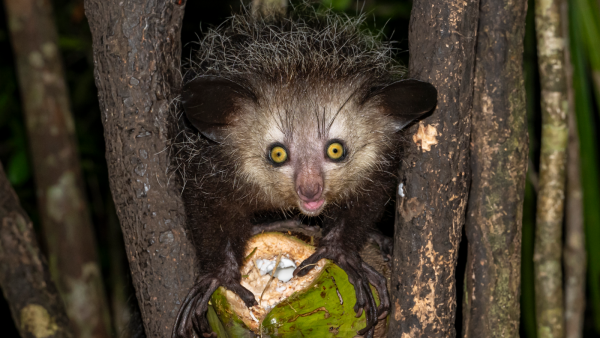
Aye-aye: Mysterious lemurs with unique limbs. LATEST CAT NEWS
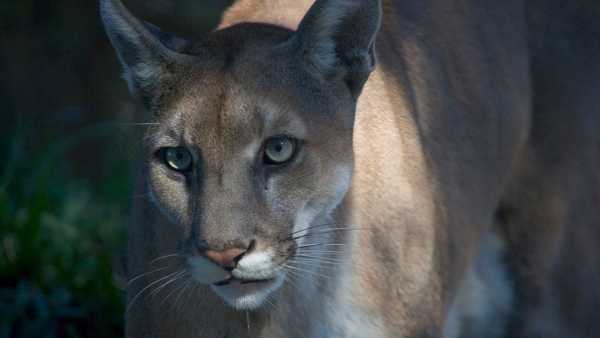
Texas cougars key to Florida population conservation.
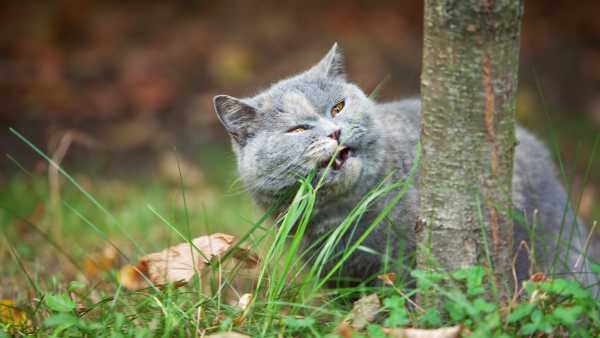
Phytophagy in cats: reasons for eating grass.
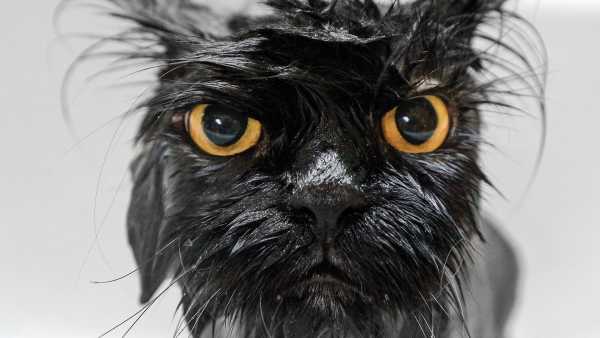
Causes of hydrophobia in cats.
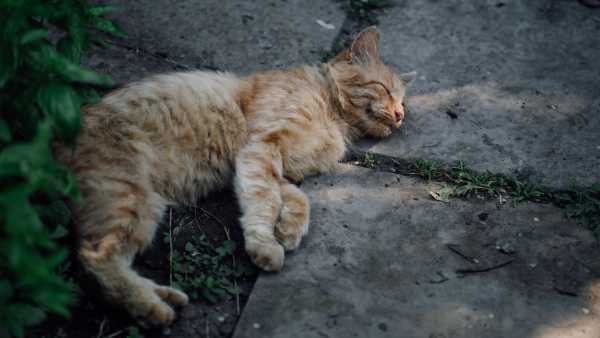
Thermoregulation in cats: a predilection for concrete surfaces
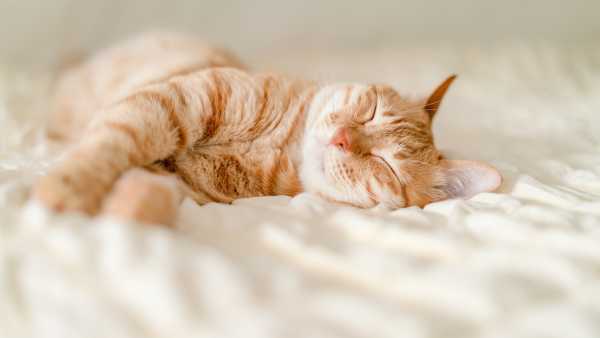
Purring: A Unique Trait of Cats?
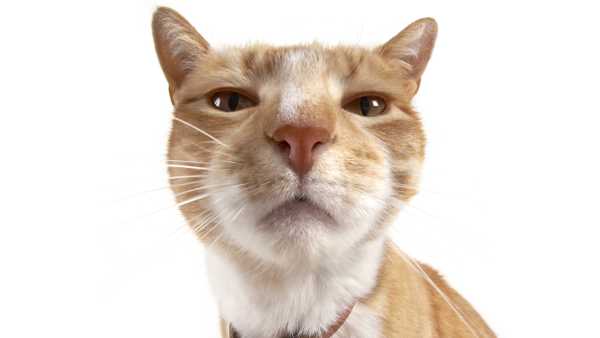
Olfactory Identification in Cats: Recognizing Strangers. LATEST NEWS

Scientific updates: space discoveries and geomagnetic storms.
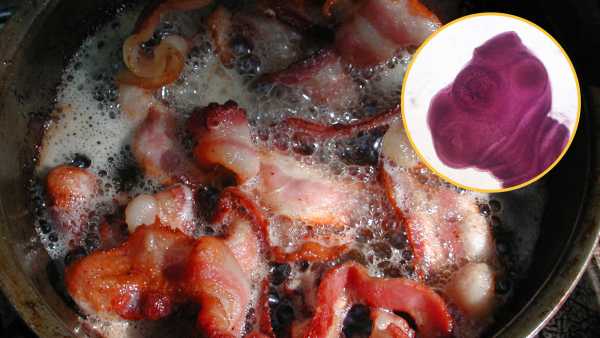
Eating habits and parasitic diseases: an unusual clinical case.

Contemporary challenges of motherhood: a comparative analysis of health care systems.

Japanese supervolcano: a complex of 17 stratovolcanoes.

Records of power: the longest reign in Rome.
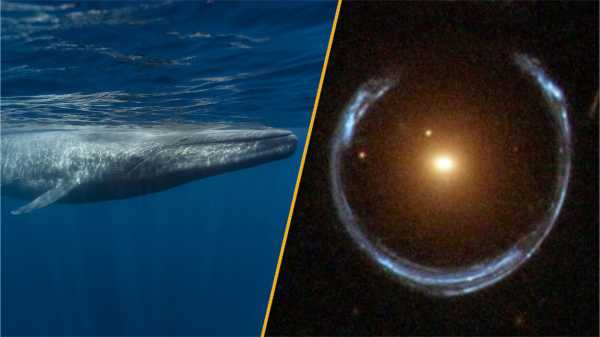
Scientific Breakthroughs: Whale Vocalizations and Black Hole Discovery READ MORE

1. Drummer neural network: the first steps of AI in the music industry.
Live Science is part of the international media holding Future US Inc. Details on the corporate site.
- Contacts
- Expertise department
- Legal information
- Confidentiality
- Cookies
- Availability
- Advertising opportunities
- Notifications
- Career Prospects
- Editorial principles
- Initiatives
© Future US, Inc. Address: 130 West 42nd Street, 7th Floor, New York, NY 10036.
var dfp_config = { “site_platform”: “vanilla”, “keywords”: “type-regular,serversidehawk,videoarticle,van-enable-adviser-
Sourse: www.livescience.com


